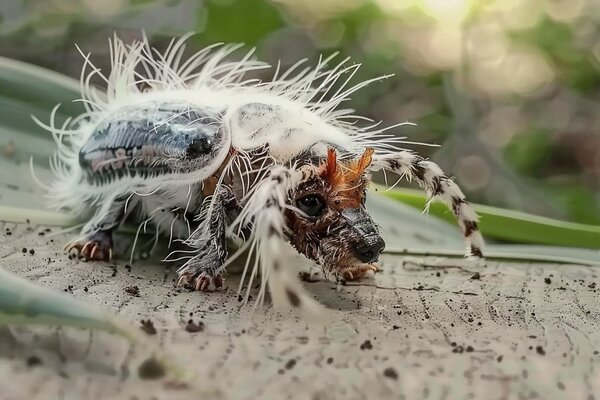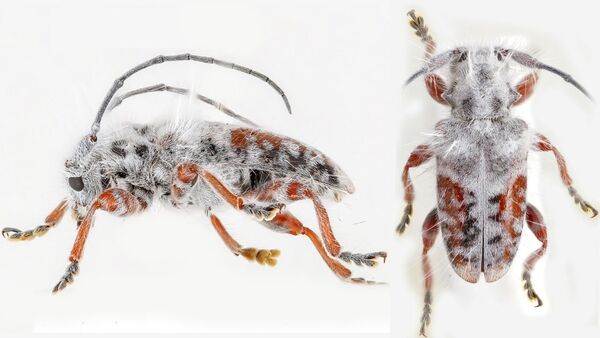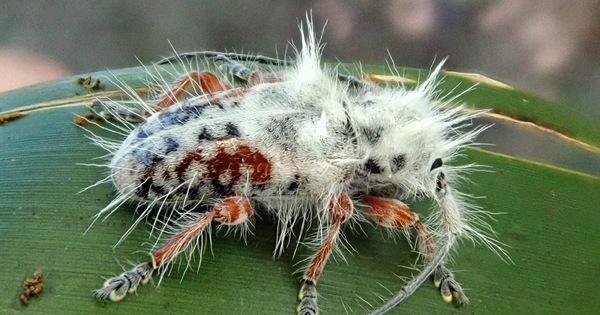In the world of ants, there are countless species, each with its own fascinating traits and behaviors. One such species that has recently captured the attention of researchers is Excastra albopilosa. This remarkable ant is known for its unique physical characteristics and intriguing social behavior, making it a fascinating subject for study.

Excastra albopilosa is a species of ant that belongs to the subfamily Formicinae. It was first identified in 2020 by a team of researchers in various regions of Southeast Asia, particularly in tropical forests. This ant species is particularly notable for its distinctive appearance. The name "albopilosa" hints at its unique features; in Latin, "albo" means white, and "pilosa" means hairy. True to its name, Excastra albopilosa has fine, white hairs covering its body, giving it a somewhat fuzzy look.
Excastra albopilosa can be recognized by its medium size, typically measuring about 5 to 8 millimeters in length. Its body is usually a reddish-brown color, adorned with the fine white hairs that set it apart from many other ant species. The antennae are long and segmented, allowing these ants to detect scents and pheromones in their environment. They also have well-defined mandibles, which are essential for foraging and defending their colony.

This species thrives in humid, forested areas, often found nesting under leaf litter or within decaying wood. Excastra albopilosa is known to form small colonies, and like many ants, they exhibit a social structure where the queen, workers, and sometimes drones play distinct roles. The queen is responsible for laying eggs, while worker ants undertake tasks like foraging for food, caring for the young, and protecting the nest.
One of the fascinating aspects of Excastra albopilosa is its foraging behavior. These ants are omnivorous, meaning they eat a variety of foods, including nectar, seeds, and small insects. They play an important role in their ecosystem by helping with seed dispersion and controlling pest populations.
Studying species like Excastra albopilosa is crucial for several reasons. First, they contribute to our understanding of biodiversity and the complex interactions within ecosystems. By examining their behavior, researchers can gain insights into how ants adapt to their environments and interact with other species.
Furthermore, ants are often considered bioindicators, meaning they can provide information about the health of an ecosystem. Changes in their populations or behaviors may signal shifts in environmental conditions, making them valuable for conservation efforts.

Excastra albopilosa is more than just an interesting-looking ant; it represents a vital part of the biodiversity that exists within our planet's ecosystems. By studying this unique species, scientists can learn more about the intricate web of life that sustains our environment. As we continue to explore and document the diversity of the natural world, every new discovery, like Excastra albopilosa, adds another piece to the puzzle of life on Earth.
animal tags: Excastra-albopilosa
We created this article in conjunction with AI technology, then made sure it was fact-checked and edited by a Animals Top editor.